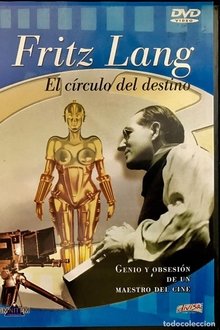Province of Burgos, northern Spain, October 2015. A group of fans undertake the titanic task of restoring the location of the last scene of The Good, the Bad and the Ugly, the mythical spaghetti western directed by Italian filmmaker Sergio Leone in 1966.
Related Movies

Royal Wedding: June, Judy and Jane (2007)
When Arthur Freed brought Alan Jay Lerner to Hollywood to compose a new Fred Astaire musical (based on Fred's life,) little did he know he would have to recast it's leading lady not once, but twice.
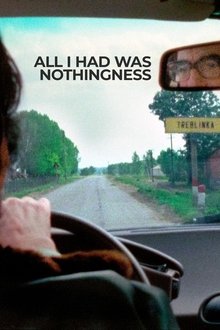
All I Had Was Nothingness (2025)
Forty years after the release of Claude Lanzmann’s monumental film Shoah, Guillaume Ribot reveals the director’s relentless pursuit to tell the untold, using only Lanzmann’s words and unseen footage from the masterpiece.

Chaplin Today: 'City Lights' (2003)
In 1928, as the talkies threw the film industry and film language into turmoil, Chaplin decided that his Tramp character would not be heard. City Lights would not be a talking picture, but it would have a soundtrack. Chaplin personally composed a musical score and sound effects for the picture. With Peter Lord, the famous co-creator of Chicken Run and Wallace & Gromit, we see how Chaplin became the king of slapstick comedy and the superstar of the movies.
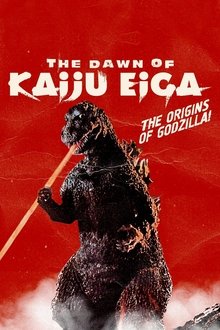
The Dawn of Kaiju Eiga (2019)
Japan, 1954. A legend emerges from the ashes of Hiroshima and Nagasaki, devastated by atomic bombs in 1945. The creature's name is Godzilla. The film that tells its story is the first of kaiju eiga, the giant monster movies.
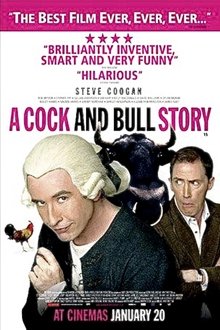
A Cock and Bull Story (2005)
Steve Coogan, an arrogant actor with low self-esteem and a complicated love life, is playing the eponymous role in an adaptation of "The Life and Opinions of Tristram Shandy, Gentleman" being filmed at a stately home. He constantly spars with actor Rob Brydon, who is playing Uncle Toby and believes his role to be of equal importance to Coogan's.
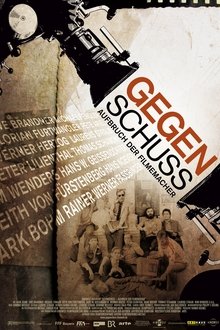
Counter Shot: Departure of the Filmmakers (2008)
Documentary about filmmakers of the New German Cinema who were members of the legendary Filmverlag für Autoren (Film Publishing House for Authors). Among them are Werner Herzog, Rainer Werner Fassbinder, and Wim Wenders.

BTS Army: Forever We Are Young (2025)
From Seoul to Los Angeles, Texas to Mexico City, BTS ARMY is everywhere. FOREVER WE ARE YOUNG dives into the passionate fandom that catapulted 21st century pop icons BTS into a global household name. We meet fans at a BTS-focused ReactorCon in Lewisville, Texas, a dance instructor in Seoul who only teaches BTS choreography, and fans who’ve been organizing since 2013 to help BTS dominate the charts. Defying stereotypes of pop fans as screaming teen girls, ARMY is an intergenerational, culturally savvy, and socially active movement that is as diverse as the world itself.

El joven Berlanga (2022)
The early days of the future genius of Spanish cinema Luis García Berlanga, from his birth in Valencia in 1921 to his departure to Madrid in 1947 to become a filmmaker.
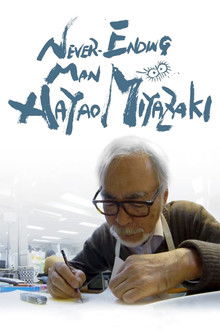
Never-Ending Man: Hayao Miyazaki (2017)
A look at legendary Japanese animator Hayao Miyazaki following his retirement in 2013.
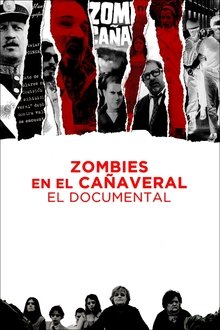
Zombies in the Sugar Cane Field: The Documentary (2019)
Tucumán, Argentina, 1965. Three years before George A. Romero's Night of the Living Dead was released, director Ofelio Linares Montt shot Zombies in the Sugar Cane Field, which turned out to be both a horror film and a political statement. It was a success in the US, but could not be shown in Argentina due to Juan Carlos Onganía's dictatorship, and was eventually lost. Writer and researcher Luciano Saracino embarks on the search for the origins of this cursed work.

Old Tucson: Where the Legends Walked (2007)
Tells the story of Tucson and the legendary movies that were shot there.

Tensions and Traditions: Molly Haskell on Red River (2014)
Interview with critic Molly Haskell about Hawks and Red River

A Film of Firsts: Peter Bogdanovich on Red River (2014)
Interview with filmmaker Peter Bogdanovich about Red River and the two versions of the film.

Florián Rey: Of Light and Shadow (2022)
The life and professional career of the Spanish filmmaker Florián Rey (1894-1962), a brilliant artist who began his career in silent films and had great commercial success during the Second Republic (1931-1936): a journey to the early days of Spanish cinema.
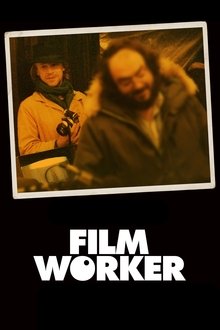
Filmworker (2018)
The story of Leon Vitali, who surrendered his promising acting career to become Stanley Kubrick's devoted right-hand man.
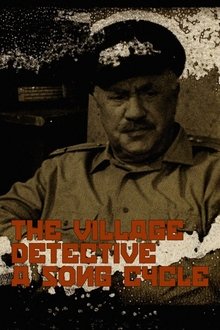
The Village Detective: A Song Cycle (2021)
Atlantic Ocean, off the coast of Iceland, July 9, 2016. The surprising discovery of a canister —containing four reels of The Village Detective (Деревенский детектив), a 1969 Soviet film—, caught in the nets of an Icelandic trawler, is the first step in a fascinating journey through the artistic life of film and stage actor Mikhail Ivanovich Zharov (1899-1981), icon and star of an entire era of Russian cinema.

Comrades in Dreams (2006)
Four lives that could not be more different and a single passion that unites them: the unconditional love for their cinemas, somewhere at the end of the world. Comrades in Dreams brings together six cinema makers from North Korea, America, India and Africa and follows their efforts to make their audiences dream every night.
